Ravenscar Tunnel
Ravenscar Tunnel
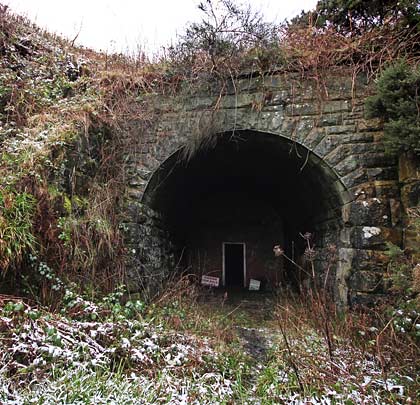
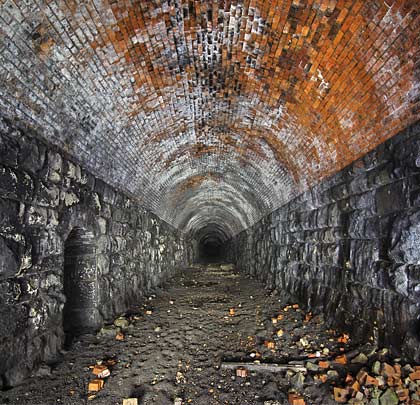
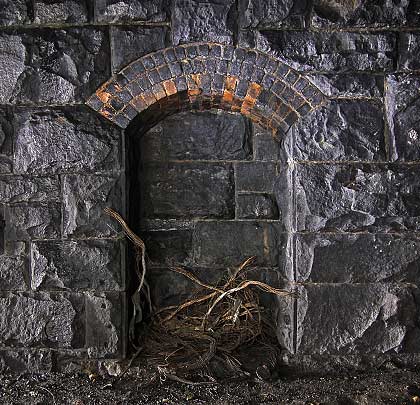
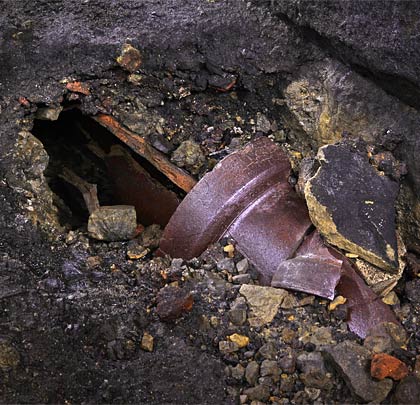
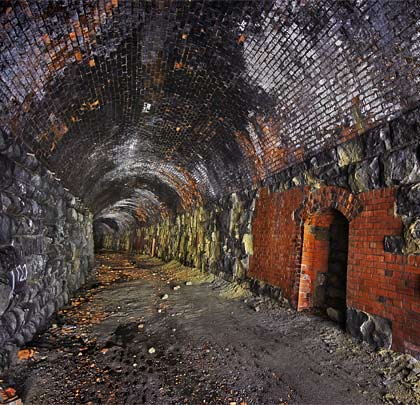
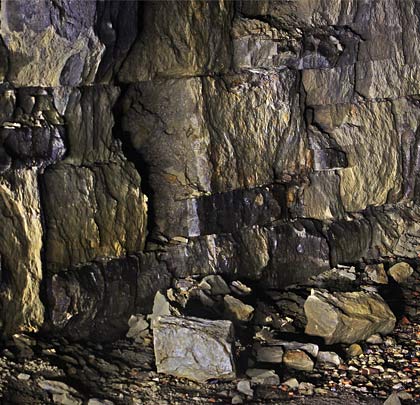
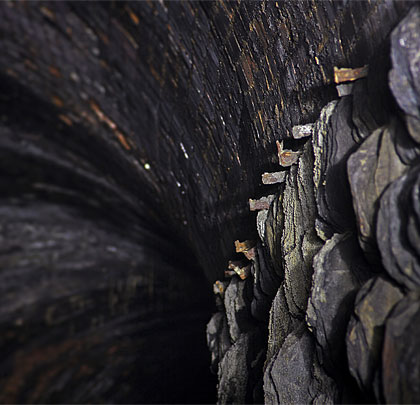
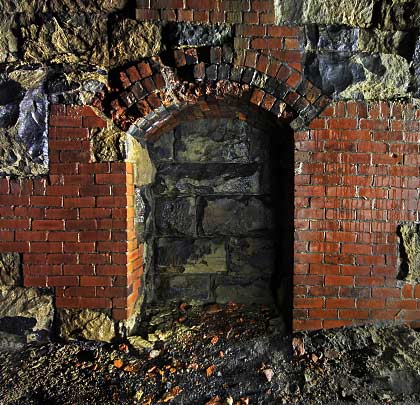
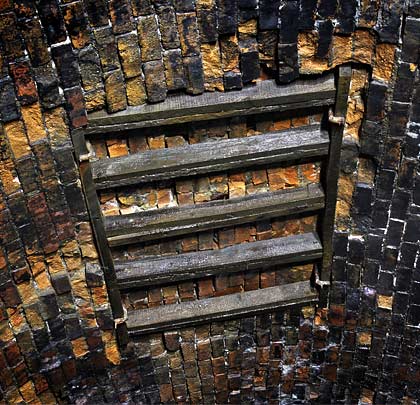
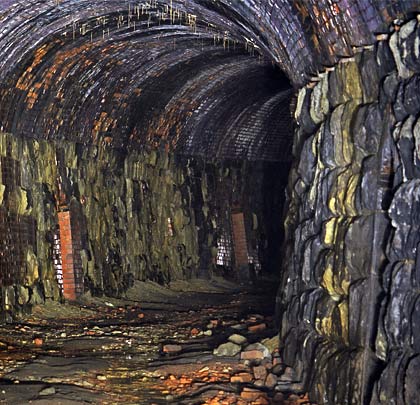
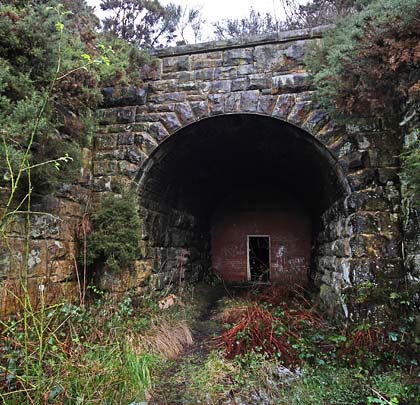
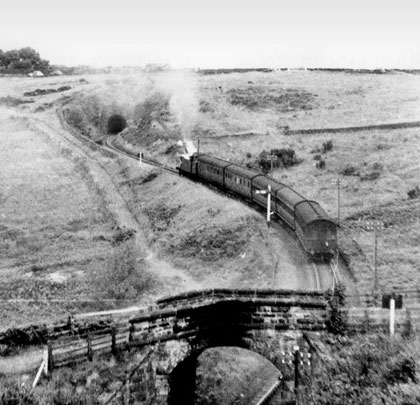
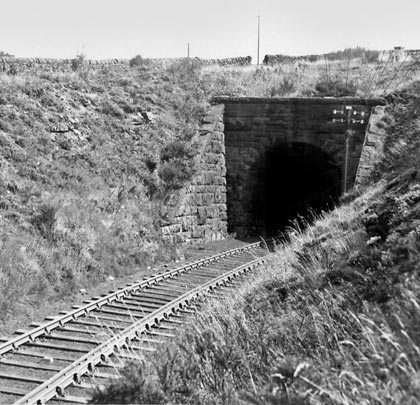
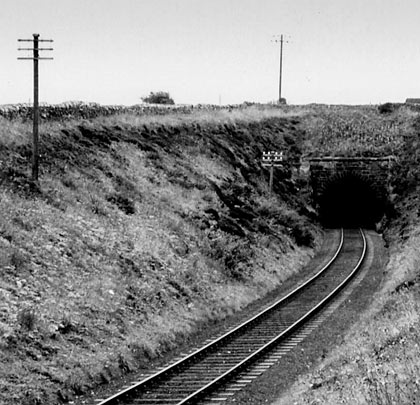














On 16th July 1885, the Scarborough & Whitby Railway finally succeeded in opening a link between the two towns across the challenging terrain of the east coast. It was impressively engineered but difficult to operate as weather conditions conspired with steep gradients to slow the progress of trains or, when winter snow came, sometimes stop them altogether.
The idea had been first mooted in 1863 by W H Hammond of the Raven Hotel whose tireless and energetic promotion was defeated only by the financial and engineering difficulties involved. Construction activity scarred the landscape sporadically but to little avail. Twenty years elapsed before the project was driven forward with vigour; Hammond lived just long enough to see its fruition, dying three months after the first train departed.
The completed line was engineered by Sir Charles Fox & Son of Westminster and built by a firm from Edinburgh, Messrs John Waddell & Son. Their contract was valued at £360,000. General Hutchinson inspected the works for the Board of Trade in June 1885 and declared himself to be satisfied with their quality.
At Peak (later renamed Ravenscar) where the line’s 631-foot summit was reached, the line entered a tunnel of 279 yards, incorporating a curve of around 10 chains to the west and a steep southerly ascent at 1:39. Construction involved making significant alterations to a tunnel driven as part of a previous scheme in 1873 which was neither on the right alignment nor built to a sufficiently “substantial character”. Mapping evidence suggests that a short extension was added at the north end.
Concerted efforts to finish the line got underway in the spring of 1882. In October 1883, the tunnel’s headings were joined, allowing the contractor’s locomotives to pass through, whilst the excavation and lining works were brought to a conclusion in October 1884. A 29-year-old navvy named Atkinson did not live to see this event, having been crushed by a fall of earth in one of the approach cuttings four months earlier.
Reports from the 1930s suggest that plans were formulated to open out the tunnel due to the number of southbound trains that came to a halt in the darkness, having failed to overcome the steep gradient. Demonstrably those plans were not progressed.
Despite a lengthy campaign of opposition and assorted political promises, the line succumbed to the Sixties closure programme, passenger services ending on 6th March 1965. Attempts to secure the line for preservation purposes failed but the trackbed has hosted a footpath since 1985.
The portals at both ends of the tunnel are stone-built and feature short triangular wing walls. Inside, the brick arch is supported by robust masonry sidewalls incorporating refuges. A row of cable hangers are inserted at springing level on the west side. Locally the stonework has deteriorated over time – especially through the curved section at the north end – prompting several red-brick repairs to be actioned. Though not excessively so, the tunnel is wet and a drain is provided at the toe of the west sidewall. This no longer functions, resulting in a stream running northwards along the centreline.








